Road lighting is an essential service provided by governments to ensure safety and security at night for drivers and pedestrians alike. There is an increasing demand for this service from both rural and urban areas. However, rising energy costs, tight municipal budgets and rapid growth in overall electricity demand are making it an imperative for authorities to rethink how lighting can be provided in the most cost‐effective manner.
Lighting accounts for around 19% of global electricity consumption. Most of it is concentrated in cities and urban areas where road lighting can contribute up to 40% of the city’s annual electricity bill. Cities currently comprise of more than two‐thirds of the global energy consumption, with energy demand in cities expected to grow by almost 60% by 2030.The urgency to replace old road lighting with more energy‐efficient technologies can no longer be ignored.
Light emitting diodes (LEDs) are proven to be the most efficient option for road lighting today and can help municipalities achieve up to 50 to 70% in energy savings over conventional road lighting technologies such as mercury vapour, metal halide, and high‐pressure/low‐pressure sodium lamps. There are now more examples of LEDs being successfully adopted in delivering greenhouse gas (GHG) reductions by as much as 50 to 70% and generating significant budgetary savings that can be re‐invested in other public services such as education, healthcare, or infrastructure.
LED LUMINARY PARAMETERS:
- Lumen output (Lm): Amount of light emitted by the light source.
- Lamp wattage (W): Amount of electricity required by the lamp to emit the lumen output.
- Luminous efficacy (Lm/W): Luminous or lumen efficacy measures the efficacy of the light source. It measures how much light is being emitted by the LED light source per unit of power and is expressed in lumen per watt of electricity used.
- Watts per square meter (W/m2): The amount of power required for each lighting appliance to illuminate a road surface to the required light level.
- Lifetime (hours): For LEDs, industry defines lifetime as the point when the LEDs lumen output reaches 70% of the original.
- Color Rendering Index (CRI): An index used to measure an artificial light’s ability to reproduce the colors of an object, relative to the natural light source (the sun) with CRI of 100. Higher CRI means better visibility.
BENEFITS OF THE LED LIGHTING SYSTEM:
- High lumen efficacy: Currently, commercially available luminaires typically have efficacy levels of 90‐100 lm/W.
- Directionality and Reduced Light Pollution: LEDs’ directionality contributes significantly to their energy saving potential. LEDs provide directional light, reducing light wastage and directing the light where it is most needed.
- Long lifespan: Laboratory testing and experience indicate that well‐produced LED systems last 50,000 hours or more, depending on usage.
- Superior quality of light: LED lighting has a high CRI, which together with its white light, offers enhanced night time visibility, making the roads brighter and safer.
- Extended controllability: LED lighting is a digital technology making dimming and similar control functions possible and easy.
- Durability: LEDs are highly resistant to vibration and other mechanical stress making them suitable for road lighting, especially on bridges, elevated highways, and where there may be risk of vandalism.
- Lower lifetime cost: During its much longer lifetime of 50,000 hours, the total cost of ownership of an LED road lighting system is lower by 50% or more.
- Road safety: LED road lighting provides better quality light, which increases visibility for both drivers and pedestrians.
- Energy savings, environmental benefits: Road lighting forms a significant part of overall energy consumption by lighting. Besides the energy savings, a shift to LED technology results in an equivalent drop in GHG emissions, about 0.6375 Kg per kWh saved.
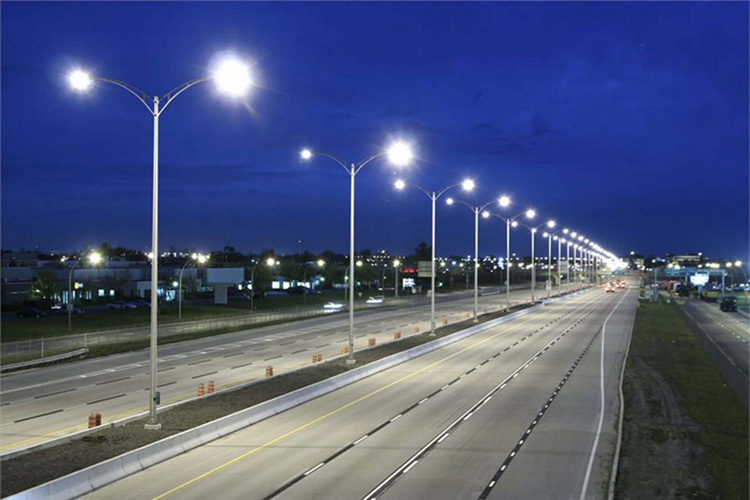
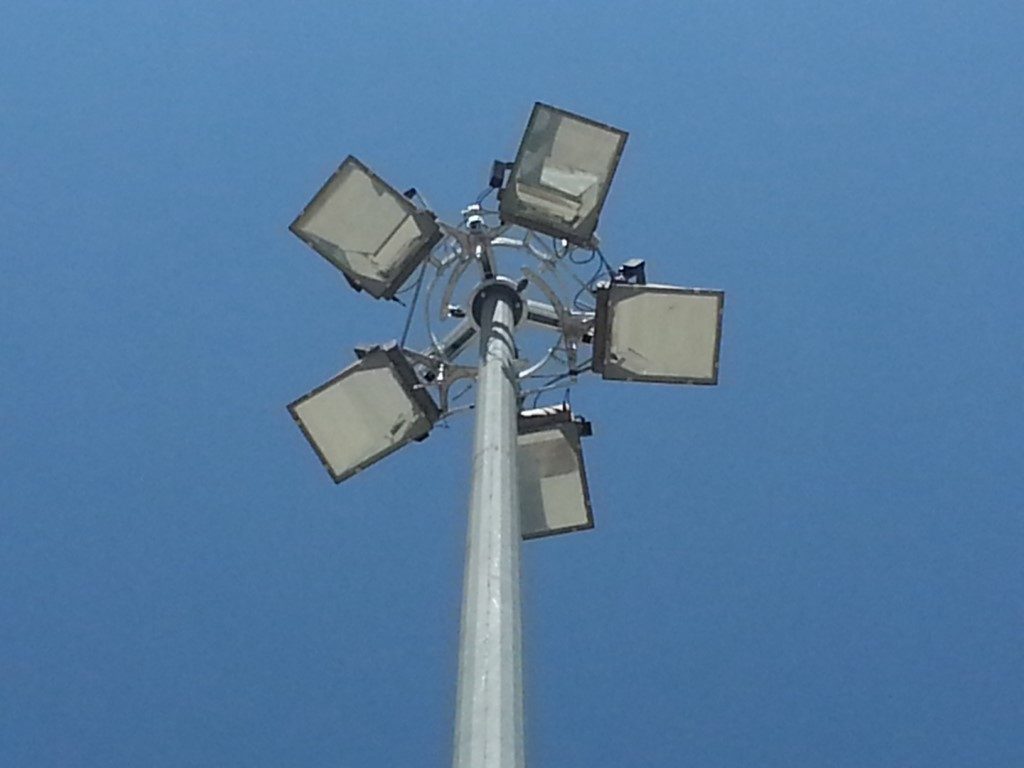
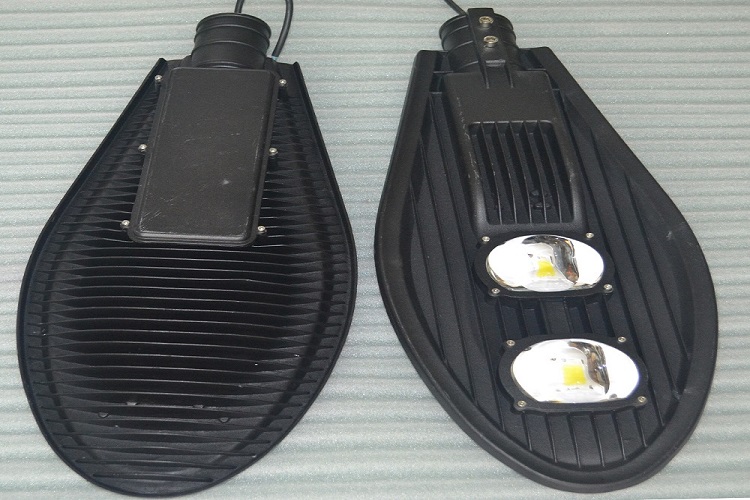
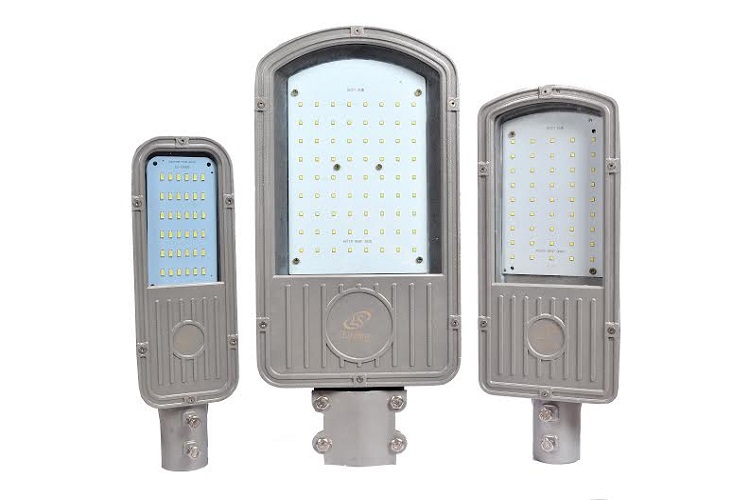
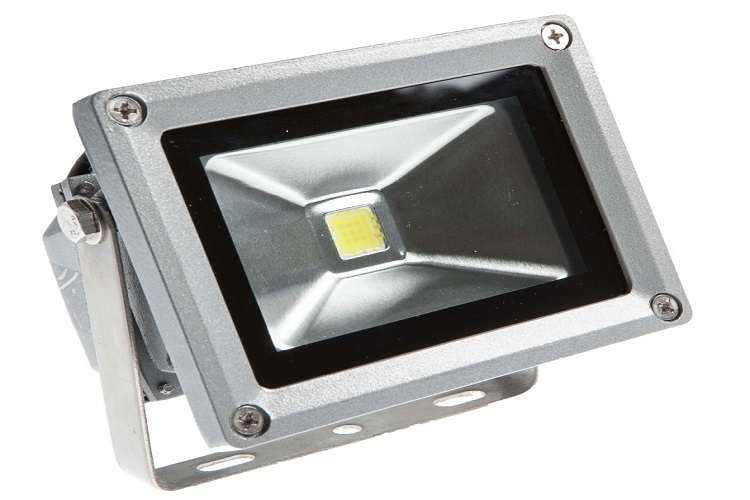
LED street light

High mast light

Central lighting

